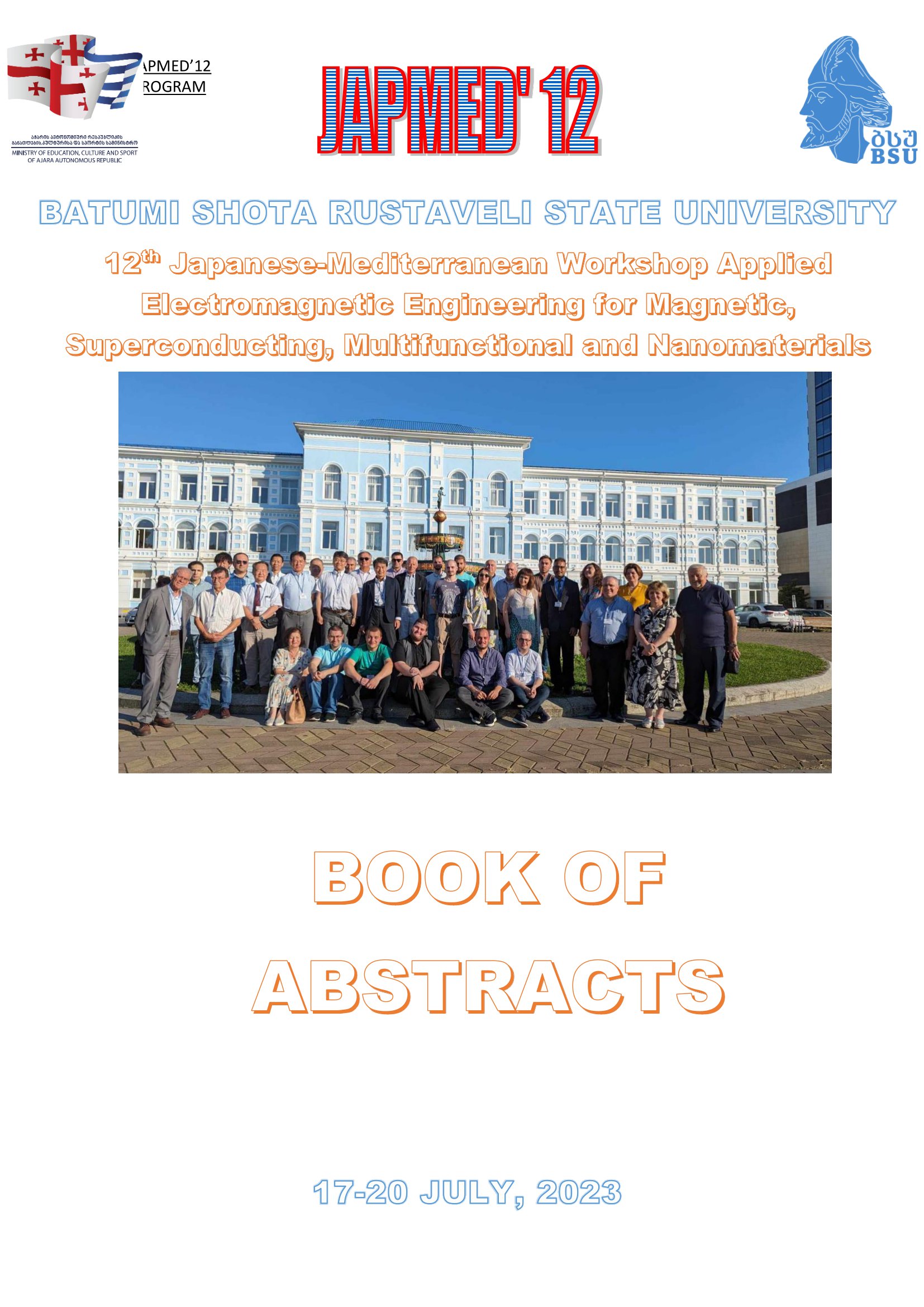AN INFORMATION-THEORETICAL ANALYSIS OF THE SPIRIT OF THE AGE
Main Article Content
Abstract
The expression "spirit of the age" first seems to have been used by Arndt in his book published in 1805. This was little more than a series of sketches of nations and personalities, a format more or less repeated in Hazlitt's work of the same title published in 1825. The concept acquired greater importance with the emergence of Tolstoy's theory of history, of which the main exposition is his work War and Peace (published in 1868), according to which events reflect the general "will of the people" rather than actions by prominent individuals. This "will of the people" would appear to correspond with the spirit of the age. It has also had a great bearing of the development of science. It has been aptly remarked by Lecky that the success of any opinion depends much less upon the force of its arguments, or upon the ability of its advocates, than upon the predisposition of society to receive it. The emergence of the theory of evolution provides a classic example of this phenomenon.
The matter clearly merits deeper investigation. Although Tolstoy makes eloquent arguments in favour of his theory, it contains no real mechanism for understanding how the spirit develops — as it evidently does — and hence it is of little use for making predictions. Of particular value would be a prediction of whether a certain new theory would be received by society. This contribution attempts to use the method of physical analogies to better understand the spirit of the age. Furthermore, the very recent development of large language models provide an unprecedented ability to efficiently capture the spirit of our age in different cultural spheres, thereby providing data more amenable to calculation than what was previously available.
The main idea developed in this contribution is that the "noise" of the almost infinitesimal array of actions of the individual denizens of Earth can, sometimes, be amplified up to macroscopic expression.
